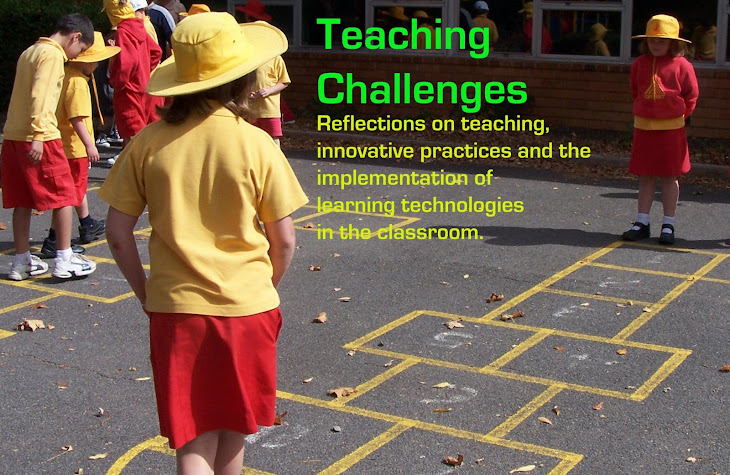Last Friday I went to a Professional Development session on the Celestia Software. Celestia is a free program that lets you explore space in 3D (download it here). I find it amazing that someone has been able to create such a great simulation that even shows the movement of objects over time. I enjoyed experimenting with the program and considering how it might be used in the classroom.
I see that it will be useful for showing students the movement of objects in space and demonstrating night and day and the phases of the moon. It will also be useful for students to explore these things for themselves and to capture images and video of the things they explore. It will be useful for helping students to deduct their own information and question things further. As you start out with Celestia, it is really helpful to have this chart of keyboard shortcuts. You can click on it and save it to print out at a larger size.

If, however, students are writing a factual report about a planet, this program doesn't offer much support. Instead students could use the World Book fact sheets at the NASA website. The NASA website contains up-to-date information including the plight of Pluto. This is very useful given that many books still list the "Nine Planets of the Solar System". The NASA website also contains a great bank of resources for teachers and interesting projects for students including (at time of posting):
Enjoy!

No comments:
Post a Comment
I'd love to hear your thoughts and questions. Please don't be shy...
:)